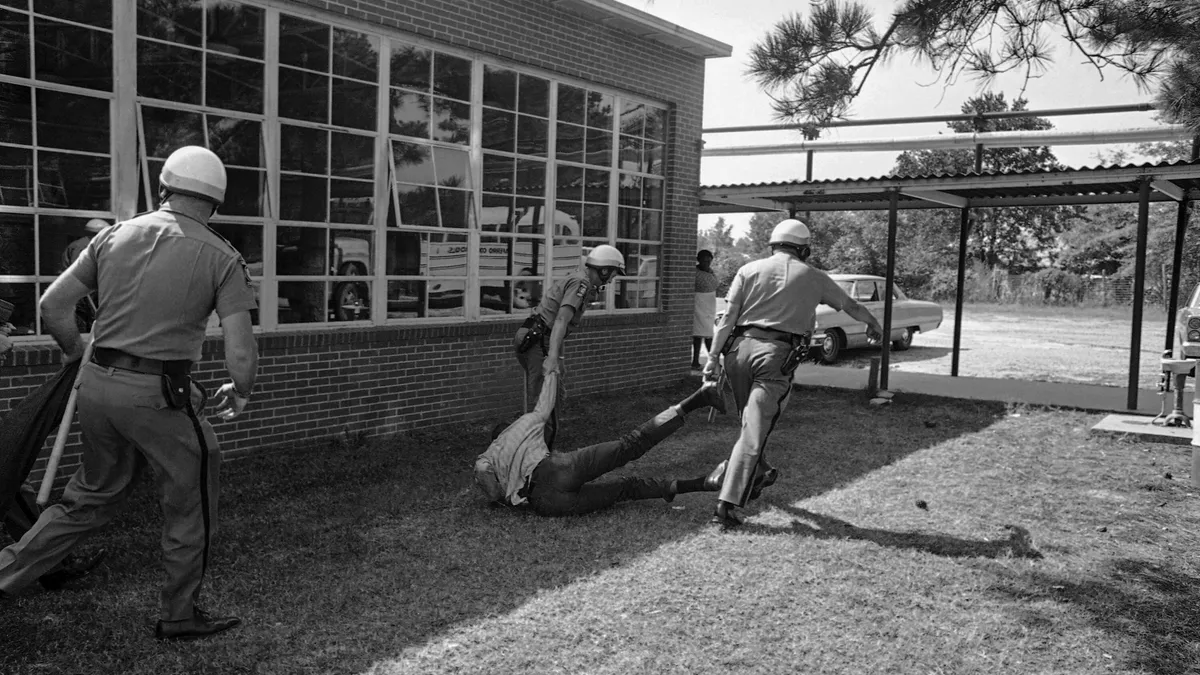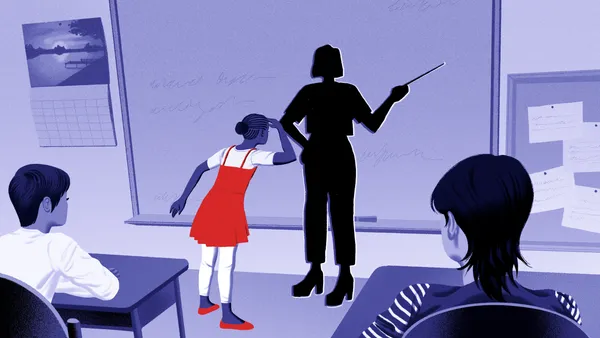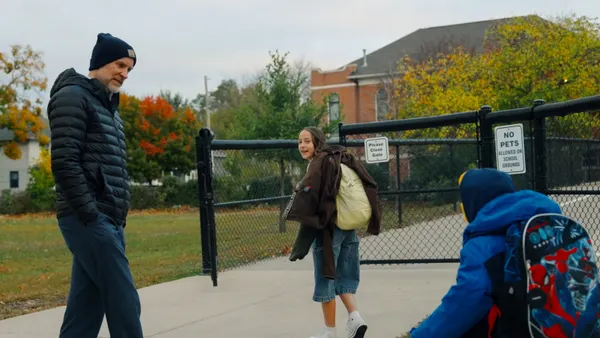What if schools didn’t just prepare high school students for graduation but for everything that comes after it?
That’s the promise of career-connected learning (CCL).
The decisions students make about college, trade school, or jumping straight into work—plus what skills to build or industries to explore—can shape their lives for decades. Yet many make these choices without enough context or support, missing a true understanding of how education links to opportunity.
CCL fills that gap. Here are seven strategies to help you build a program that opens doors, promotes equity, and empowers every student to find a future that fits.
1. Focus on the future.
You can’t give students psychic powers. But by helping them explore how work has changed over the past century, you can help them imagine how it might evolve in the next ten years. Implore them to ask: Which skills will matter most? Which careers might disappear?
Teach transferable skills like collaboration, adaptability, and digital fluency that apply across industries. Partner with local employers, host guest speakers, or offer hands-on experiences to demonstrate how today’s learning connects to tomorrow’s careers.
2. Let data light the way.
Without a clear picture of how careers connect to job availability, salary potential, and education requirements, students risk chasing paths that lead to debt, underemployment, or dead ends.
That’s why you need to bring real-world data into the conversation. Show students which industries are growing, what skills are in demand, and how education levels affect earnings. Help them weigh the return on investment. What might they earn with a two-year degree in a hot field? What kind of debt could a four-year program entail?
To support those conversations, many educators use P2C Labor Market Navigator, which simplifies complex labor market data into clear, student-friendly insights. With customizable views aligned to feasible pathways, it helps students explore options with confidence.
3. Expose students to diverse careers.
Students can’t dream about jobs they’ve never heard of. The National Career Clusters Framework® organizes thousands of careers into 14 clusters, helping students explore industries that their families or TikTok might not reveal.
If you’re a school or district leader, make sure educators have training and ready-to-use materials so they can weave career conversations into everyday lessons. Aim to reach every student, not just those in CTE or honors tracks.
4. Build opportunity knowledge.
It’s not enough to know what jobs exist; students need to understand how to access them. Opportunity knowledge illuminates the required steps, training, and credentials.
Make these pathways real with stories. Invite guest speakers, hold virtual Q&As, or share career interviews. P2C Career Explorer brings all of that together in one place, showcasing hundreds of real-life career journeys that make the world of work feel more relatable, inclusive, and within reach.
5. Integrate career learning into core subjects
Career learning isn’t just for electives or special programs. When all teachers embed it into core subjects, it becomes a cross-curricular effort that helps create a culture of career-connected learning.
Students might analyze wage data in math, explore public policy careers in civics, or trace labor history in social studies. Even small tweaks, like using career-related examples or data, can make lessons come alive and show students why school matters.
6. Keep learning active and transferable.
Give students real-world challenges: budgeting for a business idea, using science to solve local problems, or writing advocacy letters for causes they care about.
Along the way, build transferable skills like communication, critical thinking, collaboration, and financial literacy. Encourage reflection and teamwork—skills that help students navigate career shifts, not just land their first job.
To take it further, explore the Pathway2Careers Employability Skills Framework. Its free, standards-aligned playlist of short courses helps integrate skills like resource management, systems thinking, and information use into everyday instruction.
7. Lead with vision and collaboration.
Strong CCL programs don’t happen by accident. Include voices from across your community. Build a diverse leadership team to design, pilot, and refine your efforts. Encourage administrators, teachers, counselors, students, and families to share their perspectives.
Labor market data can support these conversations—helping stakeholders align programs with regional needs and emerging opportunities.
Support educators with clear messaging, practical training, and ongoing feedback. Continually iterate, using what you learn to strengthen the program and expand its reach.
Don’t treat Career-Connected Learning as a special add-on.
When built well, it’s a sturdy and essential bridge between your school(s) and your students’ futures. You’re giving learners the tools, mindset, and motivation to navigate a future full of evolving challenges and opportunities.






 Dive Awards
Dive Awards




